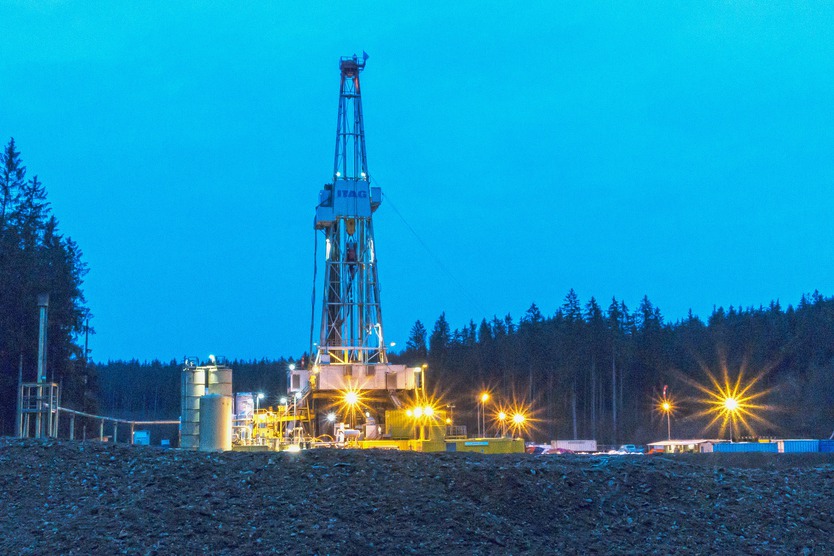
It’s estimated that 4,000 tonnes of carbon dioxide (CO2) have been saved since using an automated heat pump for district heating.
© www.pixabay.com
A small university city in North Rhine-Westphalia has become a showcase for large-scale heat pump technology in Germany. Three and a half years ago, work began on the InSekt project, which set out to provide Lemgo’s district heating needs from wastewater using an automated heat pump.
The award-winning project brought scientists from the University of Duisburg-Essen (UDE) together with the University of Wuppertal and Stadtwerke Lemgo. It was funded with EUR 700,000 through a regional climate protection competition (EnergySectorCoupling.NRW), as well as funds from the EU. Stadtwerke Lemgo built the pump which draws heat from purified water at the sewage treatment plant and injects it into the local grid via a combined heat and power station.
It’s estimated that 4,000 tonnes of carbon dioxide (CO2) have been saved since pumping began. And from 2022, an intelligent operating strategy will make it possible to supply the entire town centre with green heat and save some 3,200 tonnes of CO2 annually. The new automated control system ensures the pump self-regulates to operate as efficiently as possible in variable conditions.
InSekt, which stands for Intelligent Sector Coupling for the Reduction of CO2 Emissions in Energy Supply Systems, has proved so successful that Stadtwerke Lemgo is commissioning another large-scale heat pump in the vicinity that will use the River Bega as a source. It will be Germany’s third largest solar thermal pump.


